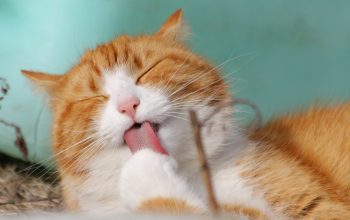As we watch our feline friends gracefully prowl around our homes, we can’t help but wonder what truly goes on inside those enchanting creatures. Cats possess an air of mystery, an enigmatic charm that has mesmerized humans for centuries. Yet, within those twinkling eyes and fluffy tails lies a world untangled by the human mind. Today, we embark on a daring journey to unravel the depths of our beloved felis catus psyche, as we delve into the captivating realm of decoding feline behavior. Join us in this extraordinary adventure as we unlock the secrets hidden within every twitch, every purr, and every whisker, and gain profound insights into the enigmatic mind of your furry companion.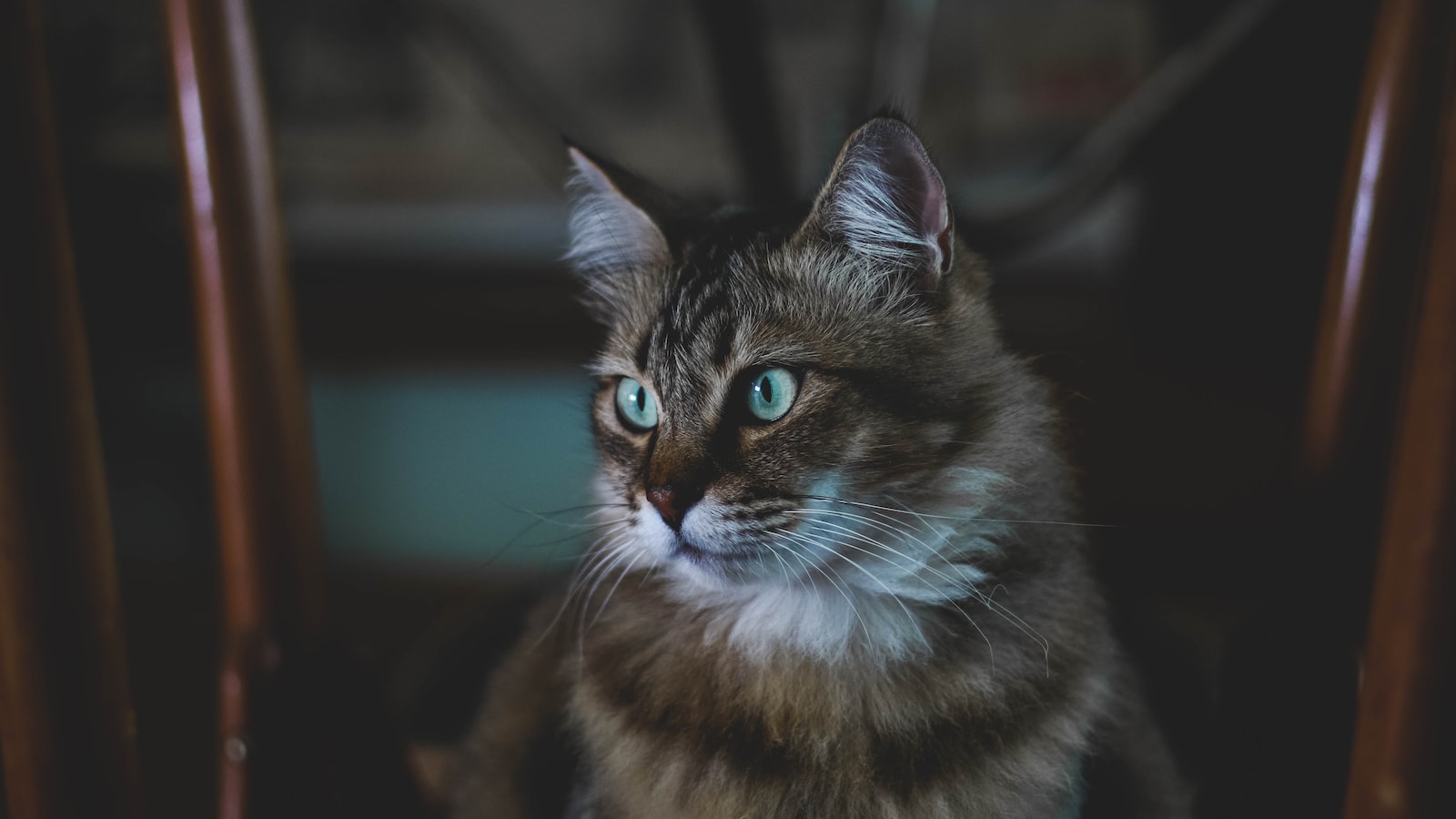
Understanding Feline Body Language: Unraveling the Secrets Behind Your Cat’s Behaviors
As cat owners, it can sometimes feel like our feline friends are mysterious creatures, quietly observing the world with their wise eyes. But, did you know that your cat’s body language holds the key to understanding their behaviors? By delving into the subtleties of their movements and expressions, you can unlock the secrets behind their actions and thoughts, fostering a stronger bond with your furry companion.
The Tail – A Window to the Kitty Soul: Ever noticed how your cat’s tail will take on different positions depending on their mood? Well, that’s because feline tails are like expressive flags conveying a range of emotions. Here are a few examples:
- A tall, erect tail means your cat is feeling confident and content
- A slowly swaying tail signals playfulness and curiosity
- A puffed-up, bristled tail indicates fear or aggression
Understanding the language of your cat’s tail can help you anticipate their needs and avoid unwanted encounters. Paying attention to this important clue can pave the way for smoother interactions and a happier coexistence.
Eyes that Speak Volumes: The saying goes, “Eyes are the windows to the soul,” and this holds true even for our magical feline companions. Their eyes can reveal a plethora of information, if only we know how to decipher it. Here’s a glimpse into what your cat’s eyes might be telling you:
- Dilated pupils often indicate excitement or arousal
- Narrowed pupils could mean that your cat is feeling threatened or scared
- Blinking slowly, known as a “cat kiss,” is a sign of trust and affection
By reading the messages conveyed through your cat’s eyes, you’ll gain insights into their emotional state and be better equipped to meet their needs and provide comfort when required. Understanding their language, both verbal and nonverbal, will strengthen the bond between you and your feline friend, ensuring a lifetime of companionship and love.
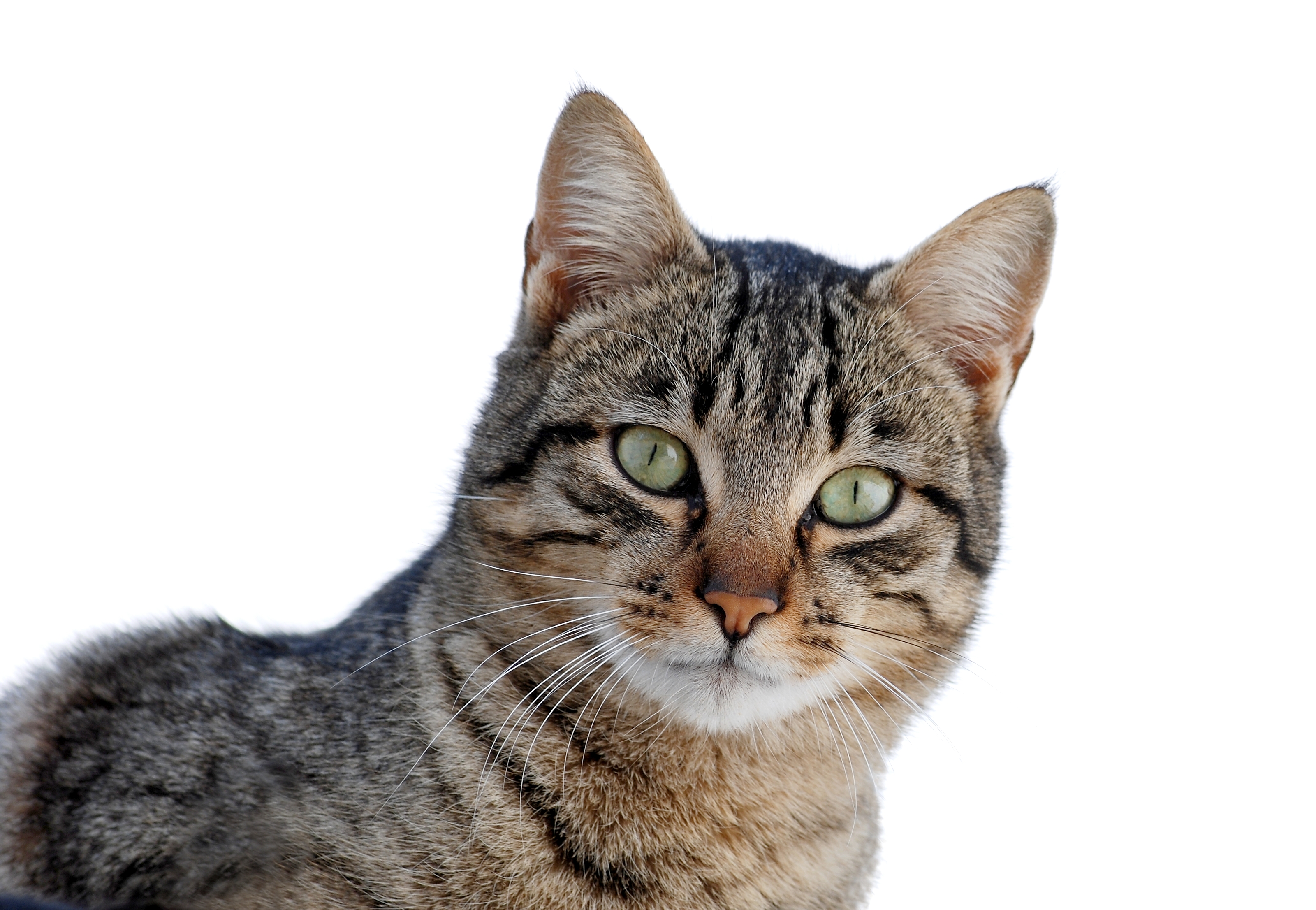
Dissecting Your Cat’s Vocalizations: What Your Feline Friend is Trying to Communicate
When it comes to deciphering the mysterious language of our feline companions, their vocalizations provide a unique window into their thoughts and feelings. While cats may not speak our human tongue, they have a rich repertoire of sounds that they use to communicate with us and their fellow furballs. So, let’s delve into the fascinating world of your cat’s vocalizations and uncover the hidden messages behind those adorable meows, purrs, and chirps.
1. Meows: This is perhaps the most common way your cat tries to get your attention. From short and quick meows to long and pleading ones, each variation serves a purpose. Here’s what they may be trying to tell you:
- Greeting: A gentle and friendly meow when you come home or enter a room can mean your cat is saying hello and acknowledging your presence.
- Request: Whether it’s for food, playtime, or a cozy lap, your cat may meow to communicate their desires. The intensity and tone can provide clues about their specific needs.
- Anxiety or Illness: If your cat suddenly starts meowing excessively or in a different tone, it could indicate discomfort or stress. It’s worth paying attention and seeking veterinary advice if necessary.
2. Purrs: Ah, the comforting sound of a purring kitty! While we often associate purring with contentment, it can convey more than just satisfaction, including:
- Relaxation: Purring can signify that your cat is in a peaceful and content state. It’s their way of expressing comfort and relaxation.
- Healing: Did you know purring can also aid in self-healing? It has been suggested that the vibrations produced by purring can promote bone density and reduce pain.
- Bonding: Cats may also purr to initiate or reinforce their bond with their human or feline companions. So, next time you hear that gentle purr, cherish the closeness you share with your fur baby.
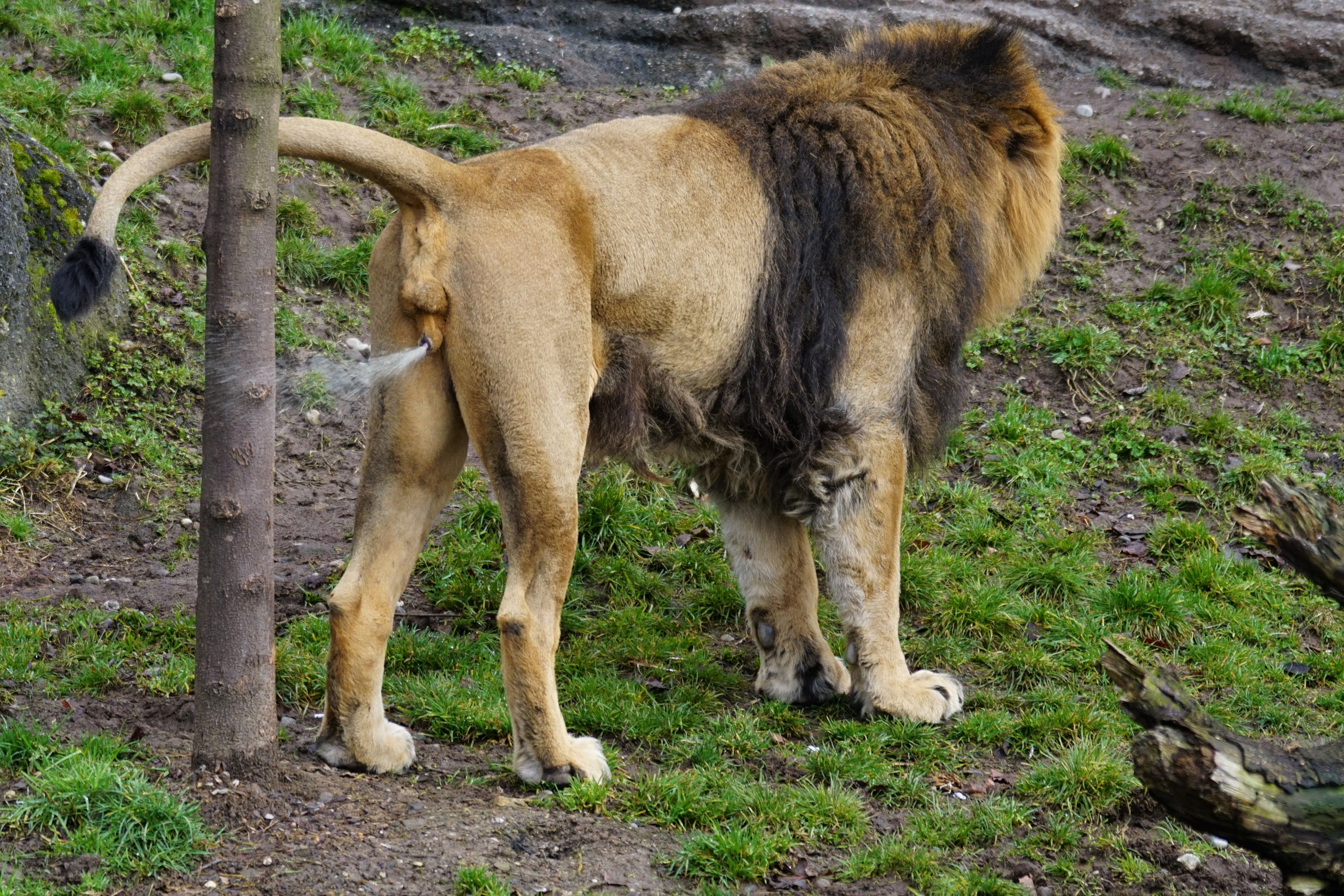
Exploring Territorial Marking: What You Need to Know about Your Cat’s Scent Communication
Your cat’s scent communication plays a vital role in their daily life and helps them navigate and establish their territory. Through various forms of scent marking, cats leave behind messages for each other, signaling everything from territorial boundaries to their reproductive status. Understanding this fascinating aspect of feline behavior can deepen your bond with your furry friend and provide insights into their intricate social dynamics.
Types of Territorial Marking:
- Urine Spraying: This behavior, commonly displayed by both male and female cats, involves the cat backing up to a vertical surface and spraying urine. While it can be a frustrating behavior for pet owners, it serves as a clear message to other cats in the area of their presence.
- Scratching: Cats have scent glands in their paw pads, and when they scratch objects, they leave behind both visible and invisible scent markers. This activity serves multiple purposes, including stretching their muscles and maintaining claw health, all while confidently stating “this is my territory.”
- Face Rubbing: When your cat rubs their face against objects or even against you, they are marking those items or individuals with their scent. This behavior is an affectionate display and a way for cats to communicate trust and belonging.
Interpreting Your Cat’s Scent Communication:
As pet parents, it is crucial to recognize and decipher your cat’s scent signals to better understand their needs and emotions. Here are some tips to help you:
- Observe their behavior: Pay attention to the places your cat frequents or objects they scratch. These areas are often territorial markers.
- Monitor spraying incidents: If your cat starts urine spraying, it’s essential to consult a veterinarian to rule out any underlying medical issues. Stress or changes in the environment can also trigger this behavior.
- Facilitate scratching opportunities: To prevent your cat from scratching furniture, provide them with appropriate scratching posts or boards, preferably treated with catnip or their favorite scents.
- Respond appropriately: When your cat rubs against you, embrace this as a sign of affection and companionship. Similarly, respect their need for personal space and independence when they express territorial behaviors.
By understanding and respecting your cat’s scent communication, you can ensure a harmonious living environment, reduce stress, and strengthen the bond with your feline companion.
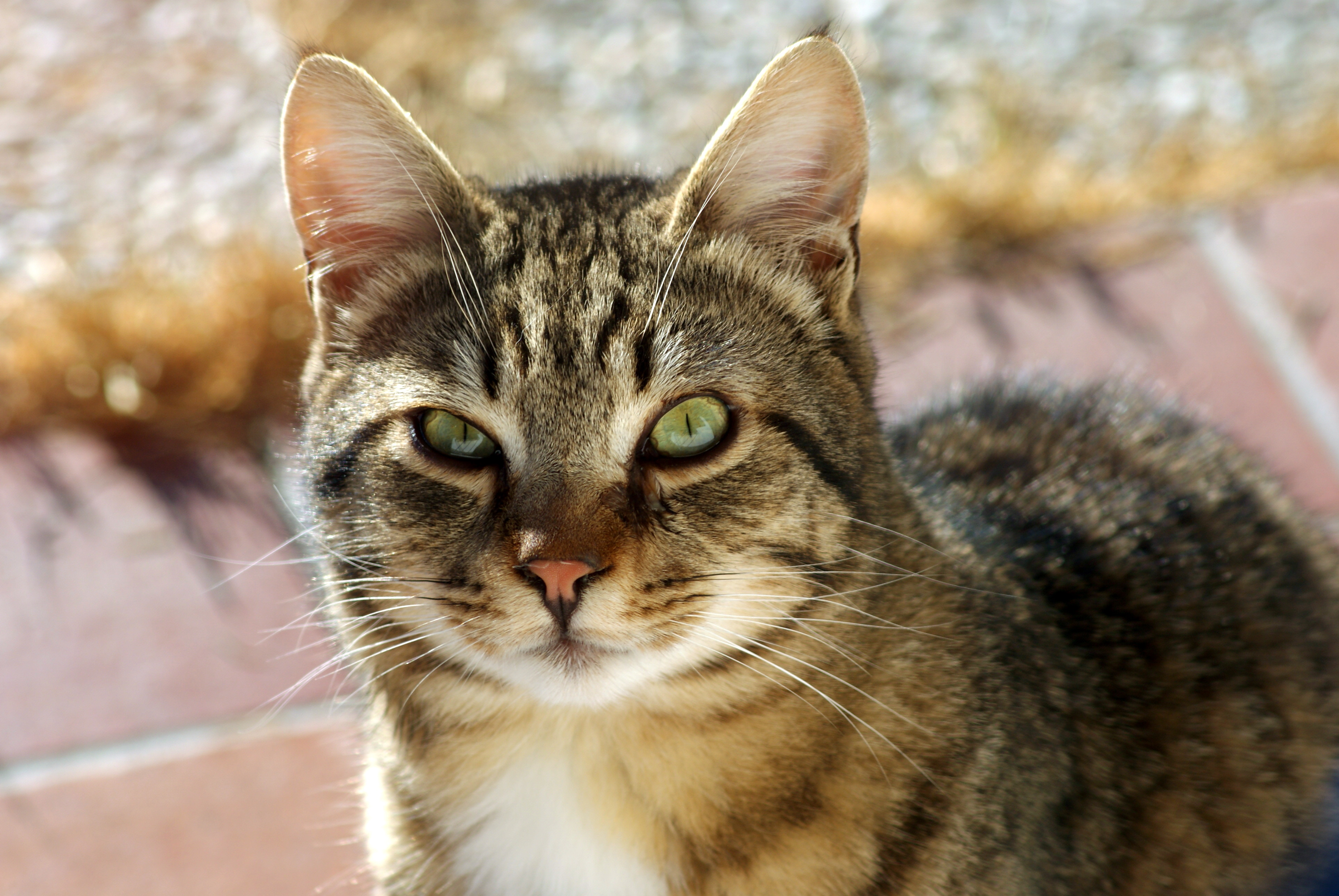
Cracking the Code of Aggression: Insights into Your Cat’s Display of Hostility
Understanding Feline Aggression
Your furry feline companion may sometimes surprise you with displays of hostility. While aggression in cats can be disconcerting, it is essential to remember that it is a natural behavior rooted in their evolutionary instincts. By gaining insights into their aggression, you can better comprehend and address their needs.
Here are a few intriguing aspects to consider:
- 1. Predatory Aggression: Cats possess a strong hunting instinct, and their aggressive behavior towards smaller animals or even toys can be attributed to their innate drive to catch prey.
- 2. Territorial Aggression: Establishing and defending their territory is vital for cats. Their aggressive response to perceived threats aims to safeguard their space and assert dominance.
- 3. Fearful Aggression: When feeling threatened or frightened, cats might lash out defensively. Understanding the underlying causes can help minimize such reactions.
Addressing and Channeling Aggression for a Harmonious Home
Assisting your cat in managing their aggression is crucial for creating a peaceful environment in your home. Consider the following tips:
- 1. Mental and Physical Stimulation: Engage your cat in interactive play regularly, providing toys that mimic prey, and offering scratching posts to redirect their energy.
- 2. Environmental Enrichment: Provide vertical spaces, cozy hideouts, and multiple feeding stations to promote a sense of security and reduce territorial conflicts.
- 3. Consult a Professional: If your cat’s aggression persists or poses a danger to themselves or others, seeking guidance from a veterinarian or feline behaviorist is essential to develop an effective behavior modification plan.
Final Thoughts
As we delve into the enigmatic world of our feline friends, it becomes abundantly clear that there is more than meets the eye when it comes to deciphering their behavior. From their mesmerizing gaze to their elegant poise, our feline companions are masters of intrigue and captivation.
Throughout this article, we have uncovered the secret language of cats, unveiling their subtle yet meaningful gestures and signals. From the subtle flick of a tail to the eloquent kneading of paws, each action tells a mesmerizing tale of their ever-elusive thought process.
While we may never fully unravel the enigma that is the feline mind, we have gained invaluable insights into their world, enabling us to navigate their whims and desires with greater understanding and compassion. Our newfound knowledge empowers us to create a deeper bond with our cats, cultivating a harmonious relationship built on trust and mutual respect.
As we bid farewell to this exploration of feline behavior, we encourage you to continue observing and appreciating the fascinating intricacies of your cat’s mind. Embrace the subtle nuances of their communication, allowing their mysterious world to intertwine with our human existence.
Remember to approach encounters with your feline companion as a shared journey, one where you marvel at the beauty of their unique personalities and celebrate the depth of their emotions. And amidst this ever-evolving understanding, may we, humans, remain ever grateful for the privilege of sharing our lives with these enigmatic creatures.
So, go forth, dear reader, armed with this newfound knowledge, and embark on a magical journey into the feline realm. May your path be filled with countless unforgettable moments and may the bond between you and your cat grow stronger with each passing day.
Decoding Feline Behavior: Insights into Your Cat’s Mind
Cat owners everywhere want to know: what is going on inside our feline friends’ minds? Although cats are impossible to fully understand, decoding some of their fundamental behaviors can help us gain invaluable insight into their thoughts and emotions.
When a cat purrs, they are communicating pleasure or contentment. For instance, a cat might purr when they are snuggled in your lap, when they’re eating, or even when they hear your voice. A cat’s love for its owner can also be demonstrated through head nudges, rubs against the legs, and prolonged gazes. Felines also relish in long strokes and gentle scratches behind the ears or around the neck, indicating that they feel safe and relaxed in their home environment.
In contrast to such signs of affection, cats sometimes demonstrate aggressive behavior like hissing, swatting, or nipping. Such behavior could be the result of fear, displacement, or even being in a situation they can’t escape from. Fearful cats will often display wide eyes or may take quick, shallow breaths. Cats can also communicate through scent marking, such as scratching furniture, walls, or carpets to recognize their territory.
Whether you have an indoor or outdoor cat, it is important to provide stimulating activities that keep them engaged and mentally healthy. Perching in a window and observing the world outside can be satisfying for cats, as is playing games or exploring their environment. Experts recommend providing multiple scratching posts for cats to keep their claws healthy and provide physical exercise.
Ultimately, cats need love, attention, and enrichment to stay healthy and happy. Although they might seem like a mystery to us, decoding some of their behavior can ultimately provide us with a better understanding of our feline friends.



